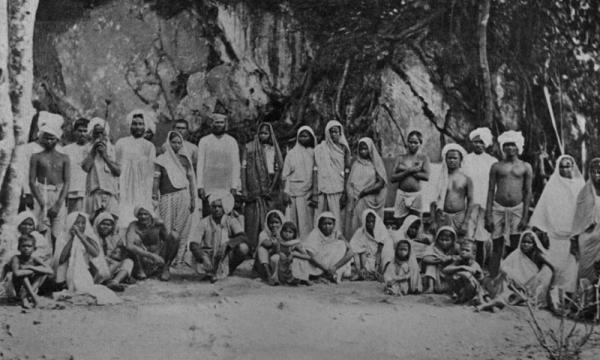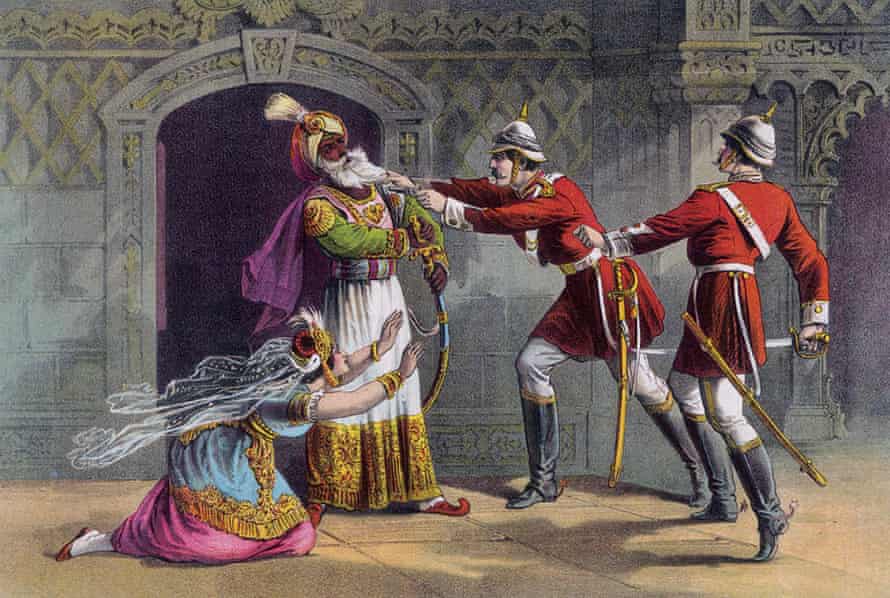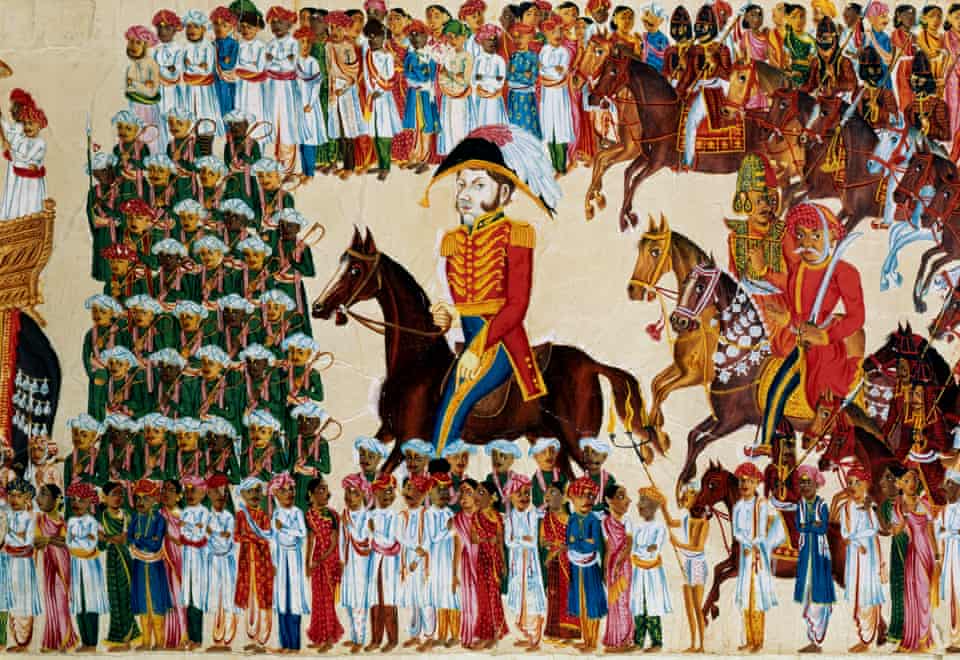Indians for example were not only estate workers as 80 percent of them were they were also British educated administrators who were put in place of administrating the country. The phenomenon of large numbers of Chinese coolies flocking to Malaya after mid-19th century basically satisfies both the pull and push factors in Malaya and China respectively.

History The Invisible South Indians
Many ethnic Indian and Chinese labourers were shipped in by the British to work in mines and plantations.

British bringing chinese and indians to malaya. Many ethnic Indian and Chinese labourers were shipped in by the British to work in mines and plantations. Because of this the British never really lost control over any of the Malaya states. Originally foreign workers were predominantly from China and India and most were locked into semi-permanent labour circulation arrangements.
In the past 130 years the number of foreign migrant workers in Malaya has grown from about 84000 in 1880 to more than three million in 2010. The term British Malaya məˈleɪə. This shifting self-identity and the British tendency to group Malays together made possible because of a basic similarity of appearance their perception of the Peninsula as their native land the use of Malay as a common language and above all a shared religion of Islam.
The most significant impact was the close association of the occupation with race. The British and rubber in Malaya c 18901940 Jim Hagan and Andrew Wells University of Wollongong This paper aims to explain the relations between Capital and Labour on the rubber plantations in Malaya until the time of the Japanese invasion. They were granted citizenship when Malaysias founding fathers laid the groundwork for.
The largest and most significant migration of Indians to Malaysia was mainly during the colonial period. Laya from 1840 to 1938 EARLY RECRUITMENT AND MIGRATION TO MALAYA Before delineating the pattern of emigra- tion from Taniil Nadu to Malaya 1840- 1938 we may note the position regarding recruitment and migration oflabourinTamiI Naiu in the early 19th century. To focus on the three major ethnic groups - Malays Chinese and Indians - without examining the heterogeneity of each as well as its internal dynamics or functioning does not allow for a more comprehensive and profound grasp of the enigmatic nature of the overall society.
When colonial rule fell in the mid-20th century the government removed foreign powers but did not open to non. The British also practiced a divide and rule policy - Chinese immigrants were largely confined to tin mines and the cities the Indians in rubber estates and the Malays at their local villages. It was only in 1948 that these three collection of states were grouped together to form the Federation of Malaya.
Strangers to foreign land. The growth of the china trade in British ships increased the companys desire for bases in the region near it so thats why they came to Malaya Malaysia Factors that led to them coming to Malaysia Pepper Resin Tobacco Oil Palm Rubber The rule of British Malaya During the British rule of Malaya. The crucial linkages here are between the respective.
Some could argue that the Chinese Malays built Malaysia more than the Malaysian Malays did themselves. The Chinese and Indians had been living in Malaysia for generations. Therefore they should have been given more rights to a nation that they had shaped.
By the 19th century the number of Chinese in the Straits Settlement of Penang Malacca and Singapore numbered a staggering 227000 in 1871. If death from overwork nobody will file any case etc. More conspicuous is the neglect of the subject by historians and therefore many of the studies by.
Therefore can be pushed to do overtime without concern for family time. Foreign workers ChineseIndian have the following benefits for the British who brought them A. The Chinese migration into Malaya basically began in the 15th century when General Zheng He established diplomatic ties with Malacca.
Usually single male workers. Tanah Melayu British loosely describes a set of states on the Malay Peninsula and the island of Singapore that were brought under British hegemony or control between the late 18th and the mid-20th century. Among Chinas push factors were abject poverty and lack of arable lands for the local farmers resulting in very tough life for most people.
Originally foreign workers were predominantly from China and India and most were locked into semi-permanent labour circulation arrangements through their employment contracts. In the past 130 years the number of foreign migrant workers in Malaya has grown from about 84000 in 1880 to more than three million in 2010. As for the Unfederated Malay States - Johor Kedah Kelantan Perlis and Terengganu - they were standalone British protectorates.
Indian migrant workers in Malaysia part 1. The Sikhs and other Punjabis were initially recruited by the British to serve in the police and armed forces and while in modern times these areas are now dominated by Malays the descendants of Sikhs and other Punjabi are now found in every sphere of the economy in particular as professionals and in the mercantile and money-lending business. Between 1800 and 1941 several million Chinese entered Malaya especially the west-coast states Sarawak and British North Borneo to work as labourers miners planters and merchants.
Does not run away no matter how British exploit them. The Chinese eventually became part of a prosperous urban. From 1850s to 1920s the British kept bringing in immigrants from India and China who had a larger role to play in Malayas economy and political arena.
This transformation took place as british power was established in both india and malaya and the economics of the two countries subordinated to imperial needs which in practice entailed inter alia the curbing of large-scale indian enterprise in india on the one hand and the encouragement of large numbers of cheap docile indian labour to work. They were granted citizenship when Malaysias founding fathers laid the groundwork for. In the middle of the second decade of the 21st century the Malay share has increased to more than 60 of the total population as a result of higher fertility rates while the share of the Chinese and Indians have decreased as a result of their lower fertility rates.
Then came the World War II and Japanese troops invaded Malaya.

Illusions Of Empire Amartya Sen On What British Rule Really Did For India India The Guardian

Pin On Thesis Projects That Inspire

Illusions Of Empire Amartya Sen On What British Rule Really Did For India India The Guardian

The Indian Peranakans Of Malaysia Himal Southasian
Malaya Indian Labour Immigration By Recruitment System 18441938 Download Scientific Diagram

The Indian Revolutionary Who Fought To Overthrow British Rule While Living In Japan Cnn